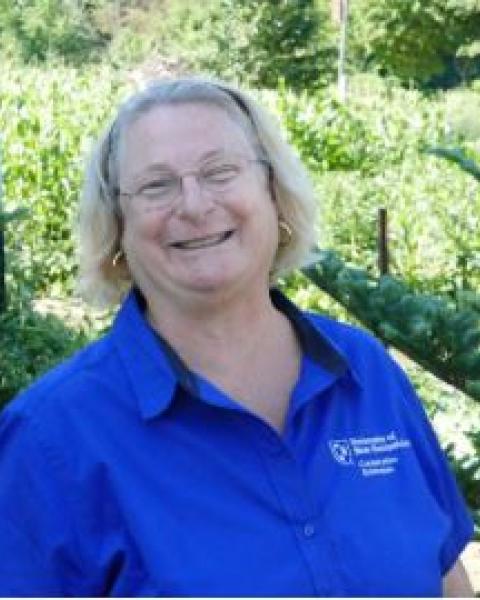Each year in the United States, Americans spend more than one-half billion dollars feeding birds. In fact, one in three North American households makes available an average of 60 pounds of supplemental feed annually. Birds are fascinating to watch and dedicated bird feeders buy hundreds of pounds of feed each winter. Most have a bird book and binoculars to identify and study the birds. And most willingly take the time to replenish feed and water supplies several times a week. Fortunately, ornithologists speculate that if handouts were to stop tomorrow, there would be neither species extinctions nor major population declines. However, some recently enlarged ranges would probably decline.
If you’ve tried to attract and feed birds in the past, but the venture was never really a success, it may be because you were lacking a few basic pieces of information. Just a few tips on where to place your feeders, what to put in them, and what feeder types are attractive to which species can make the difference between success and failure.
Birds will visit feeders that are placed close to branches of trees or shrubs (especially evergreens) more readily than they will visit feeders in the open. Feeders in the open tend to be more exposed to the elements and predators. If squirrels are a problem, use baffles and try to place your feeders just beyond jumping distance. Shrub borders near a garden or hedgerows along the edge of your lawn are ideal sites for feeders. “Edges” between different types of vegetation will attract a wider variety of birds. Perhaps most importantly for you, feeders should be situated near a window for convenient bird watching. If you have no natural cover near a window, you can prop up an old Christmas tree or erect a brush pile to create some. Next spring, you might consider planting a few shrubs attractive to birds adjacent to your feeder site.
What should go in your feeders? The simplest answer is that supermarket wild bird seed mix is what should not go in your feeders. Supermarket mixes tend to contain large proportions of red millet and milo. Few birds will eat those seeds, but manufacturers put them in because they’re cheap. Instead, a simple mix of 50% sunflower seeds (unhulled oil type), 35% white proso millet, and 15% cracked corn will appeal to a broad cross-section of seed-eating birds. You can buy in bulk from seed or animal feed dealers. Whether you buy seed mixed or separately will depend on whether you want to vary the proportions to attract the birds you want to see.
Having attractive bird feeds on hand is important, but placement of those feeds is equally important. Just as birds vary in size, shape, color, song, and preferred foods, so do they differ in feeding behavior. Some birds feed almost exclusively in trees, others nearly always on the ground, and some will feed wherever they can find acceptable food. Using a variety of feeders makes sense; many can be made at home out of materials you already have.
Most common birds will visit platform feeders. They are simple to build, or you can buy hopper-style feeders that can be suspended by a wire or placed on a pole. You may want to add at least one hanging feeder filled with sunflower seeds, a rich diet especially attractive to chickadees, nuthatches, grosbeaks, and cardinals. Thistle (Niger) seed is a favorite of finches, pine siskens, and redpolls and can be offered in a special thistle feeder. Ground feeders like juncos, mourning doves, sparrows, and cardinals will feed on seed kicked off of platform feeders by other birds or on feed placed on the ground for them. For a complete feeding program, some fats (suet or peanut butter) should be added. Suet attached to tree trunks in wire baskets is especially attractive to woodpeckers.
Water is an effective magnet for birds; it is used year-round for both drinking and bathing. It’s hard to provide unfrozen water in frigid weather, but it can be done by frequent refilling or by rigging up a heating device. In general, birds prefer water on or near the ground where it should be found naturally.
Feeding can help pull many birds through the extremes of winter. Birds will increase their visits to feeders in bad weather, especially after heavy snows and ice storms which make natural foods inaccessible. Small species, like chickadees, particularly benefit from feeding. So if you start to feed, try to continue feeding on a steady basis. Birds that habitually visit feeders may be slow to adapt to other food sources if feeding is interrupted or discontinued.
Finally, be sure to keep your feeding site clean so that disease doesn’t become a problem. Periodically you will need to wash feeders and watering devices with a 10% Clorox solution, and also rake the ground free of old seed (to prevent the growth of fungi).
Ideally, it’s best to continue a winter feeding program into May when new spring growth and insects become available. But if bears are a problem, stop feeding immediately. Repeat bear visits are almost a certainty if food continues to be a problem. That can be both very risky and very expensive!
